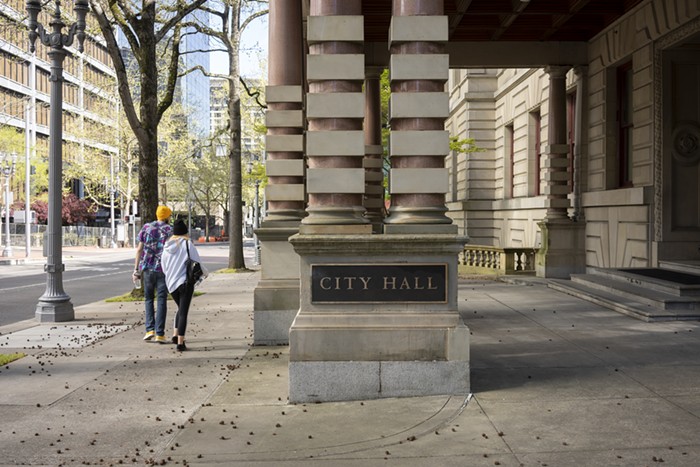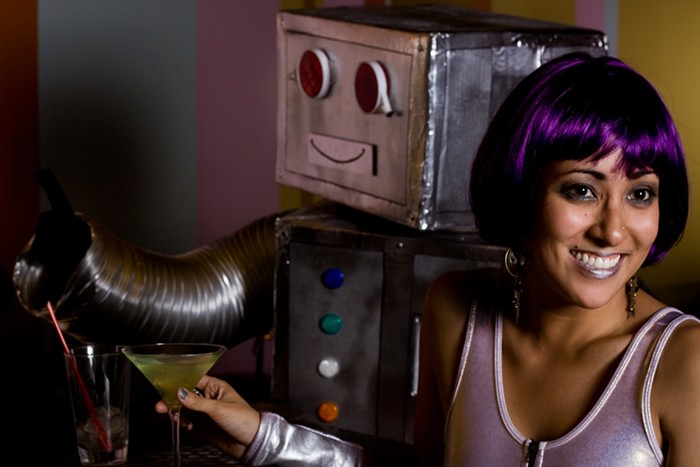I RECENTLY organized a tour of cannabis dispensaries. The attendees ranged in age from 22 to over 70. Among the tour takers, some people had never been to a dispensary, while others had been to more than a dozen.
The older folks chatted with me about the wonder and majesty of being able to walk into a storefront and acquire a wide variety of cannabis and canna products. That led to us exchanging tales of what it was like to buy weed back in the day, and what it might look like in the future.
So let’s take a look at what it was like to buy weed in the past, what it’s like today, and a hopeful prediction for what it might be like in the future.
PAST
Most of the weed you could buy was imported, and it was nearly always heavily laden with seeds. Concentrates came in the form of imported hand-rolled hash, which arrived in bricks or balls. Edibles came in the form of homemade Betty Crocker-mix brownies to which someone added handfuls of leaf and, if lucky, crumbled buds directly into the pan.
You'd call your dealer's pager, and they'd call you back on a pay phone, using code words, then have you come over to their apartment or house. You may have been forced to expend precious time and energy indulging your host while they played you their new songs or shared their deep contemplations on all matters.
Others would come over to your place, but you'd need to clear your schedule. "Man, I'm running a half hour late" was universally understood to mean that you would be waiting another two to three hours, minimum.
An eighth ran around $25, and you got what you got—good dealers had a few types to select from, but it was based mostly on price and bag appeal quality, not strain names. It came in plastic sandwich baggies or small plastic film canisters. Organic cannabis wasn't a thing; testing for potency and mold screenings were unheard of because any lab would call the police as soon as you showed them the flower. Buying in volume got you a discount, and some dealers would front you 'til payday.
PRESENT
In Oregon we have hundreds of dispensaries with hundreds of products grown and processed by growers, extractors, and edible makers, and sold by budtenders with a deep knowledge base and passion for the plant. They can help you determine which products are best to support your needs, be it physical or mental relief. You can access menus of a dispensary's offerings using apps on your phone, and some allow you to place your order for pick up. There are frequent-buyer discount cards and daily specials, and home delivery services should be coming soon.
Cannabis is tested to a standard more rigorous than most agricultural products. Prices can range from $100 to $700 an ounce, with quality not always being in line with the pricing. A breed of self proclaimed "canna-seurs" (which needs to stop, really, please... stop) will "pass" on a product simply because it was not grown under artificial lights or has a lower THC percentage number than the one next to it. What they're not taking into account is that it's now about the terpenes as much as the THC level. Nor should you forget about CBD—or, if you are trying to shed that winter weight, tetrahydrocannabivarin (THCV), a cannabinoid that some believe combats the munchies. Tax is currently 20 percent on adult-use (recreational) purchases, and 0 percent on medical purchases.
FUTURE
In the best-case scenario—our current political climate be damned—the outdated, racist, and insane federal prohibitions on cannabis are lifted, allowing for universal access. There are revisions to existing laws regarding state-to-state sales, access to banking and tax deductions, and financial burdens placed upon growers are lifted, resulting in lower costs to consumers. Large-scale grow ops and new technologies allow wholesale costs of cannabis to drop to less than a dollar per gram, making the $100 quarter pound a possibility.
Years of cannabis research will be unfettered by governmental interference, resulting in breakthrough products that rely as much on the terpenes as they do THC. Time-release is perfected, so consumers can ingest products that provide precise effects at exact times throughout the day.
Opioid use will decrease in favor of a new class of cannabis pain relievers. Smoking and dabbing are generally replaced by ultra-efficient and compact portable vaporizers. In short, weed in the future will be technologically efficient and accessible to all who need it, with its benefits fully researched and responsible use being the order of the day. Of course, there will still be that one guy who eats three times more edibles than he can handle.












